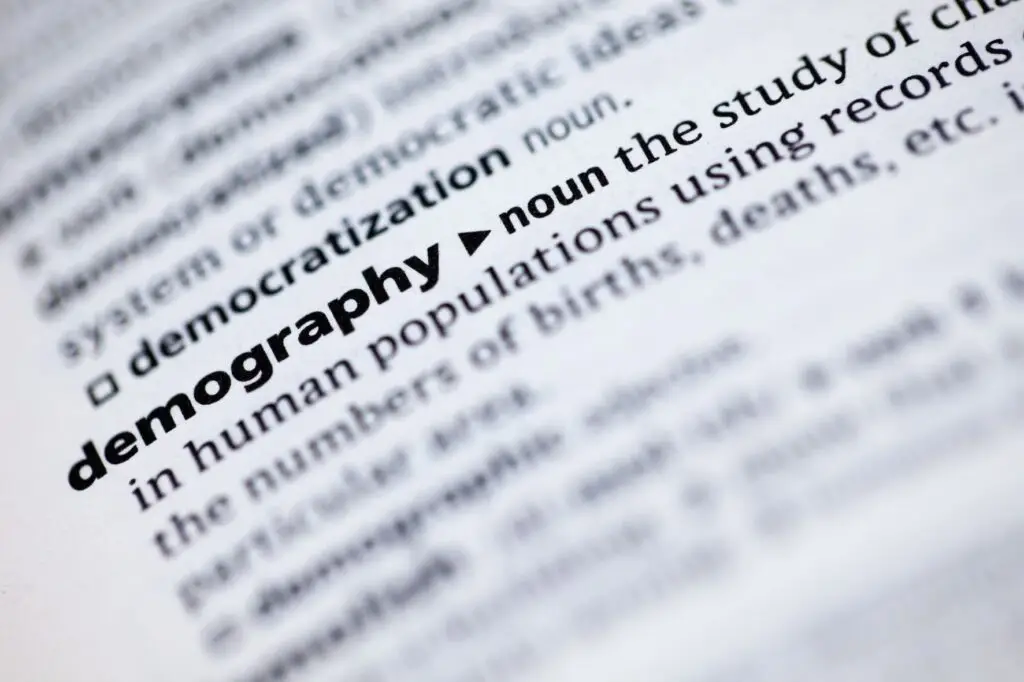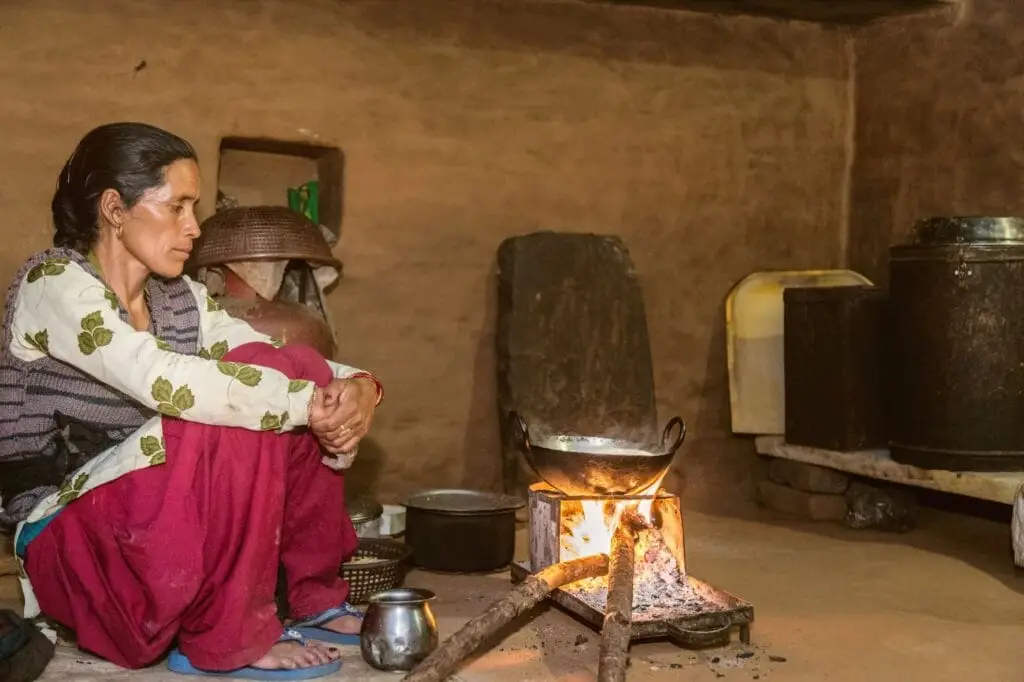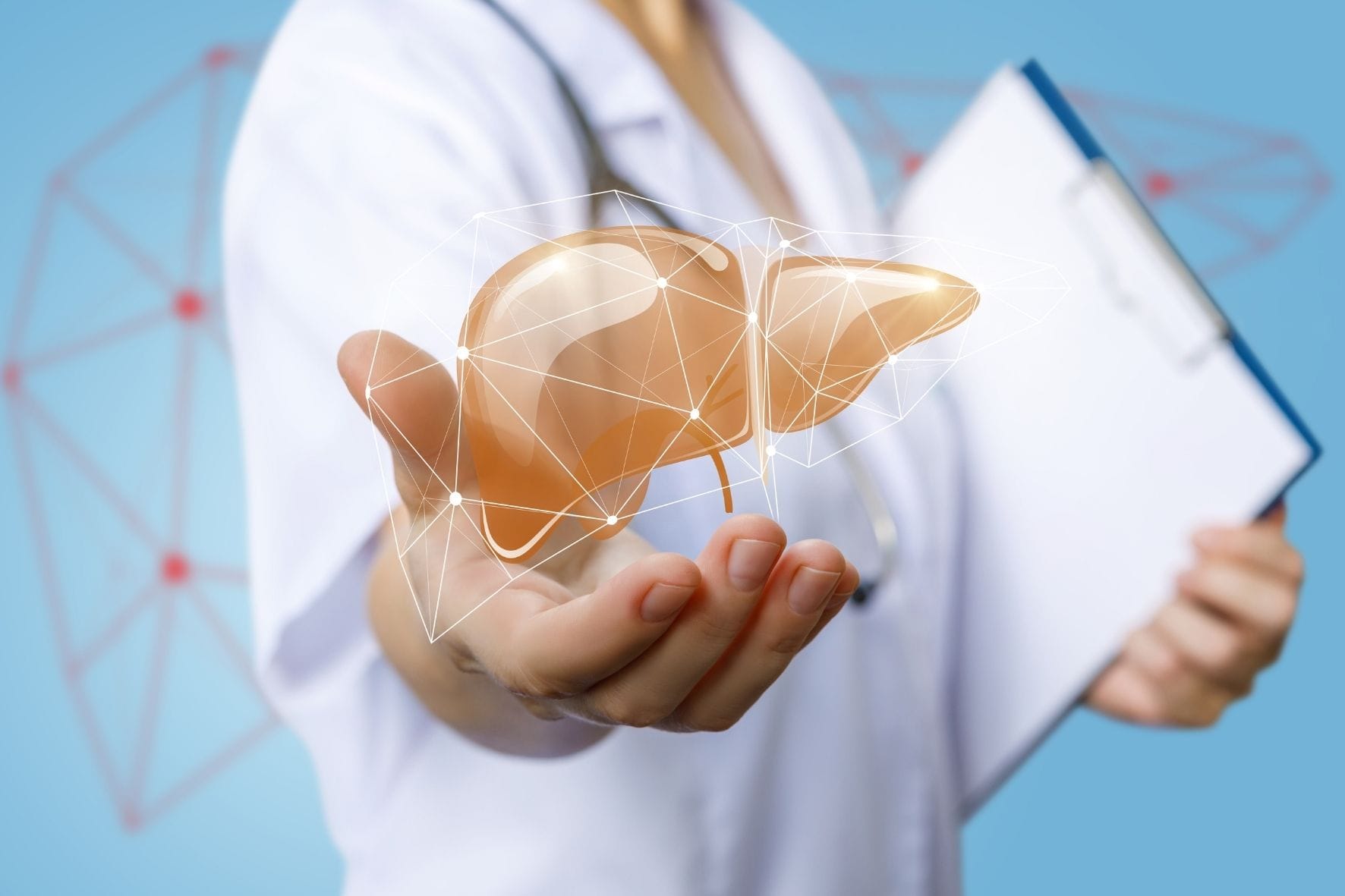Malnutrition is not just a public health concern—it’s a multifaceted issue that impacts our societies on multiple levels. It’s important to note that malnutrition isn’t solely about hunger or a lack of food; it encompasses a broad range of issues related to nutrition quality and overall health. Additionally, the prevalence of malnutrition is closely tied to a country’s economic state. As economies develop, they influence income levels, urbanisation, and globalisation, causing significant shifts in our dietary habits.
Table of Contents
Understanding the Double Burden of Malnutrition
So, what exactly is the double burden of malnutrition? This term describes a concerning reality: the coexistence of undernutrition and overnutrition within a single individual or community. Let’s explore how this manifests:

Individual level: Imagine a person who struggles with both obesity and issues like anaemia or vitamin deficiencies. This situation can be perplexing—how can someone be both malnourished and overweight? It highlights the complexity of nutrition. For instance, a person might consume enough calories but lack essential nutrients, leading to conditions like anaemia while also facing obesity due to poor dietary choices.
Mother and Child Dynamics/household level: Consider a scenario where a mother is battling anaemia while her child is facing obesity. This phenomenon is increasingly common in middle-income countries undergoing rapid nutrition transitions. The mother’s inadequate nutrition can affect her child’s health, creating a cycle of malnutrition that spans generations. This connection emphasises the importance of maternal health in shaping the nutritional future of children.
Population-level: At the community level, we often see a blend of undernutrition and high rates of overweight or obesity coexisting alongside related noncommunicable diseases (NCDs). For example, in some neighbourhoods, you might find families struggling with food insecurity while others face health issues related to overeating or poor dietary choices. Alarmingly, women tend to be disproportionately affected by this double burden, as they often bear the brunt of nutritional challenges while also being primary caregivers for their families.
What’s Behind the Double Burden?

Several key transitions have contributed to the emergence of this double burden of malnutrition:
Nutrition Transition: This shift occurs due to rapid urbanization and globalization, both of which are linked to economic development. As societies advance, dietary patterns change. Initially, many populations struggle with undernutrition, but over time, there’s a marked increase in the rates of overweight, obesity, and NCDs. This shift is often driven by greater access to processed foods which is high in calories and low nutritional value, which can lead to poor health outcomes as a result in malnutrition.
Epidemiological Transition: We’re witnessing a significant change in disease patterns at the population level. As economies grow, the focus of health issues is shifting from infectious diseases and nutrition-related problems to an increase in obesity and other NCDs. This transition reflects broader changes in lifestyle, including decreased physical activity and increased consumption of unhealthy foods.
Demographic Transition: Over time, populations evolve in terms of birth rates, death rates, and age distribution. Initially characterized by high birth and death rates, populations gradually shift toward having more older individuals and lower rates of birth and death.
These transitions are not just statistics—they represent real changes in the quality and quantity of diets across generations. When we talk about the intergenerational changes in diet, we refer to how the eating habits and nutritional status of one generation can impact the next, leading to the troubling overlap of overweight and undernutrition.
The Double Burden Among Reproductive-Age Individuals

The World Health Organization (WHO) has recognized the double burden of malnutrition particularly among individuals of reproductive age (15 to 49 years).
Why is this important? This age group is especially vulnerable to micronutrient deficiencies, which can have lasting effects on health and development.
Micronutrient deficiencies often arise from an intergenerational cycle of undernutrition (characterized by energy-inadequate diets) and overnutrition (where the diet is energy-dense but lacking in essential nutrients). For example, a young woman might consume enough calories but not enough iron or folate, putting her at risk for anaemia and impacting her future pregnancies. Similarly, children born to mothers with poor nutritional status may face growth challenges and health issues, perpetuating the cycle.
Both of these cycles can lead to serious health consequences, including complications during pregnancy, increased susceptibility to infections, and long-term chronic diseases. Addressing the double burden of malnutrition requires comprehensive strategies that focus on improving dietary quality, promoting education, and ensuring access to nutritious foods for all individuals.
The Global Nutrition Targets

The Global Nutrition targets for 2025 include a crucial goal: a 50% reduction in the prevalence of anaemia among women of reproductive age. This issue is particularly pressing, as women are more vulnerable to anaemia due to inadequate dietary intake and the iron loss that occurs during menstruation and pregnancy.
According to the National Family Health Survey (NFHS-5), women have a disproportionately high prevalence of anaemia (57%). In rural areas of developing countries, anaemia is recognized as one of the leading health challenges.
Tackling these persistent intergenerational cycles of malnutrition requires more than just public health interventions; it calls for significant shifts in societal attitudes toward nutrition. We need to implement changes that are sustainable over the long term to achieve meaningful impact.
The factors contributing to undernutrition among women in India are complex. Poverty is a major driver, but cultural practices also play a significant role. For instance, in many households, men are served first at mealtime, leaving women to eat only after everyone else has finished. This practice not only compromises women’s nutrition but also highlights broader gender inequalities.
Toxic masculinity further complicates the issue, with some women discouraged from consuming nutritious foods due to concerns about their dietary options after marriage. Such limitations restrict women’s nutritional choices, making it challenging for them to prioritize their own health needs.
Cultural norms significantly shape food consumption patterns, and these can vary widely across different regions. Additionally, as people adopt dietary practices from other cultures, they may disrupt their traditional eating habits, contributing to malnutrition.
How Do We Tackle Malnutrition?

India has launched various programs like Mid-Day Meals, the POSHAN Abhiyan, and free ration schemes that effectively address hunger and have made notable progress in addressing malnutrition. However, these initiatives often fall short of meeting the nutritional needs of individuals, particularly women.
To truly improve the nutritional status of women in India, we must tackle the intertwined issues of gender inequality, cultural norms, and economic factors. Cultural beliefs significantly influence food choices and consumption patterns among women. Therefore, policy interventions should take these cultural aspects into account.
One effective approach could be to educate men within households about nutrition and the importance of ensuring women have access to healthy food. By fostering an understanding of nutrition across genders, we can create a supportive environment that promotes better dietary choices for women, ultimately combating malnutrition more effectively





8 Comments
A great read that prompts important conversations about creating healthier communities!
Thank you for your thoughtful comment! I’m glad you found the read engaging.
This blog done an excellent job of illustrating how malnutrition extends beyond just food intake. Addressing malnutrition requires a collective effort from communities, policymakers, and healthcare providers. Great insights!
Thank you for your comment! we completely agree—malnutrition is a multifaceted issue that needs a united effort from communities, policymakers, and healthcare providers. Great insights!
This blog presented a crucial perspective on malnutrition, highlighting that it’s not just a nutritional issue but a complex societal challenge. The connections between economic status, education, and access to healthy food are particularly important to address. Understanding how factors like social inequities and systemic barriers contribute to malnutrition is essential.
Thank you for shedding light on this vital topic!
Thank you for your comment! I appreciate your recognition of the complexity of malnutrition as a societal challenge.
Informative blog. Malnutrition is though well known, it is often difficult to mitigate at community level.
Thank you for your comment. You raise an important point—while malnutrition is widely recognised, effectively addressing it at the community level remains a significant challenge.